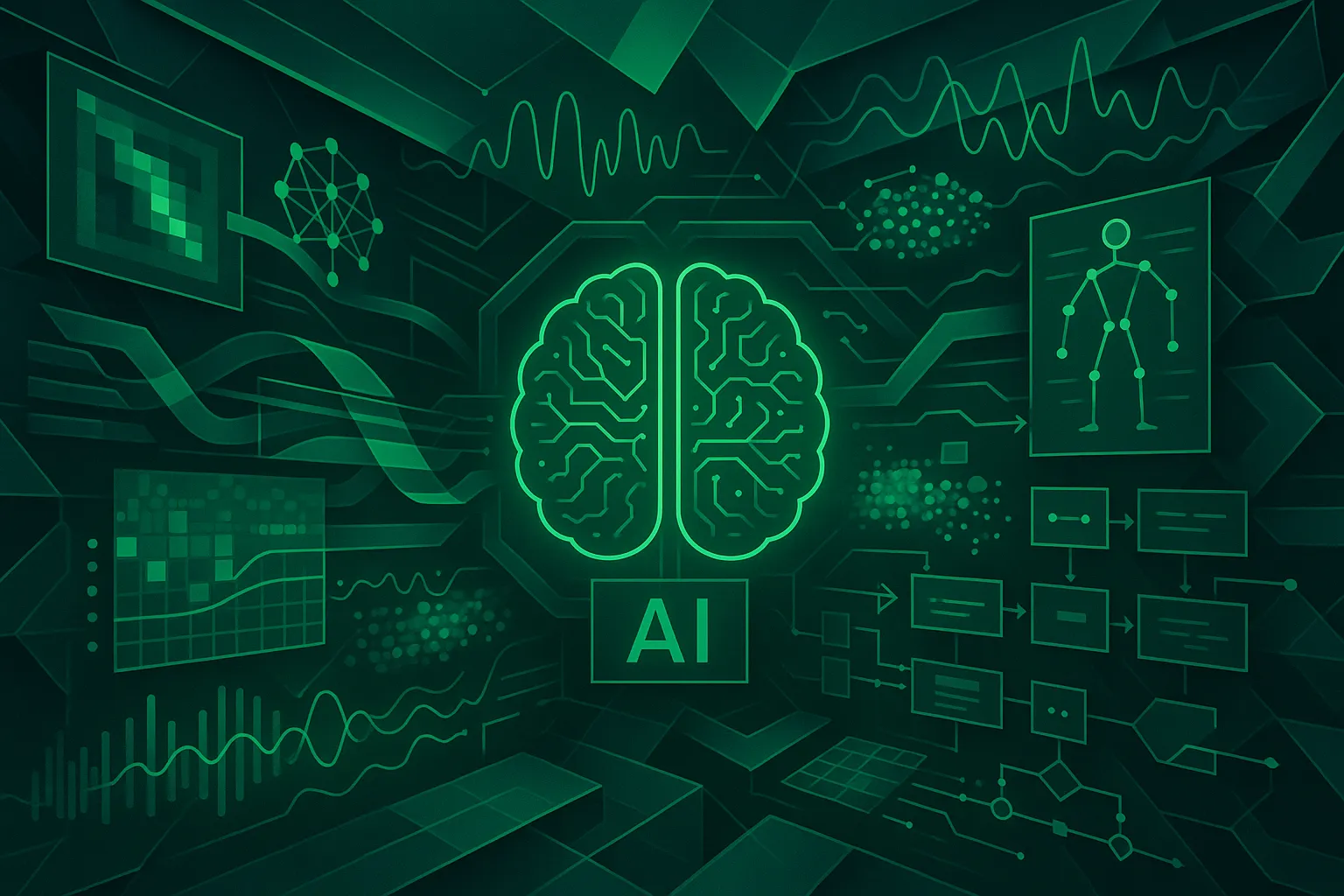
2025-01-08T04:00:00+00:00
In the dynamic realm of artificial intelligence, the seamless integration of text and images has emerged as a captivating challenge and opportunity. Among the most revolutionary developments in this domain is the CLIP model, crafted by OpenAI. Standing for Contrastive Language-Image Pre-training, CLIP is a neural network that has redefined our approach to multimodal AI. This article explores how CLIP is transforming the interplay between text and images, its diverse applications, and its profound implications for the future of AI.
At the core of CLIP's innovation lies its ability to learn visual concepts through natural language supervision. Traditional models often depend on predefined classes, but CLIP breaks free by harnessing the immense reservoir of image and text data available online. This empowers CLIP to execute zero-shot learning, classifying images without task-specific training data, akin to how GPT models function in language processing.
The architecture of CLIP features distinct encoders for vision and text—utilizing ResNet or Vision Transformer for images and CBOW or Text Transformer for text. These encoders synergize to establish a shared embedding space, uniting images and text. The model's training involves maximizing cosine similarity for authentic image-text pairs while minimizing it for mismatched ones. This innovative training methodology effectively bridges the gap between text and images, bringing related content closer together.
CLIP's adaptability unlocks a multitude of applications. It excels in image classification, retrieval, content moderation, and even extends its prowess to video and audio modalities. A standout feature is its ability to generate custom classifiers without retraining, offering unmatched flexibility across tasks.
The concept of multimodal embeddings enables direct comparisons between modalities, fostering cross-disciplinary innovations. For instance, in digital marketing, the fusion of text and images can significantly enhance user engagement and experience.
Despite its groundbreaking achievements, CLIP does face challenges. It struggles with abstract tasks and may falter with images beyond its pre-training dataset. However, advancements like Contrastive Localized Language-Image Pre-training (CLOC) are addressing these limitations by enhancing CLIP's localization capabilities. CLOC introduces region-text contrastive loss and modules to improve image region recognition and retrieval, marking a promising leap forward.
The advent of the CLIP model signifies a watershed moment in AI's evolution. By bridging text and images, CLIP showcases the immense potential of task-agnostic pre-training on a global scale, enhancing deep learning's performance across diverse fields. As researchers refine and expand CLIP's capabilities, we anticipate a surge of innovative applications harnessing the power of multimodal AI.
In conclusion, the CLIP model epitomizes a monumental stride in text-image integration. Its ability to learn from extensive datasets without retraining offers a glimpse into AI's future, where flexibility and generalization reign supreme. As we delve deeper into the possibilities of multimodal AI, CLIP stands as a testament to the transformative potential of uniting text and images in the digital age.
What are your thoughts on the potential applications of CLIP in your field? Share your insights and join the conversation on how this technology could shape the future of AI. If you found this article enlightening, consider sharing it with your network or exploring further readings on multimodal AI advancements.